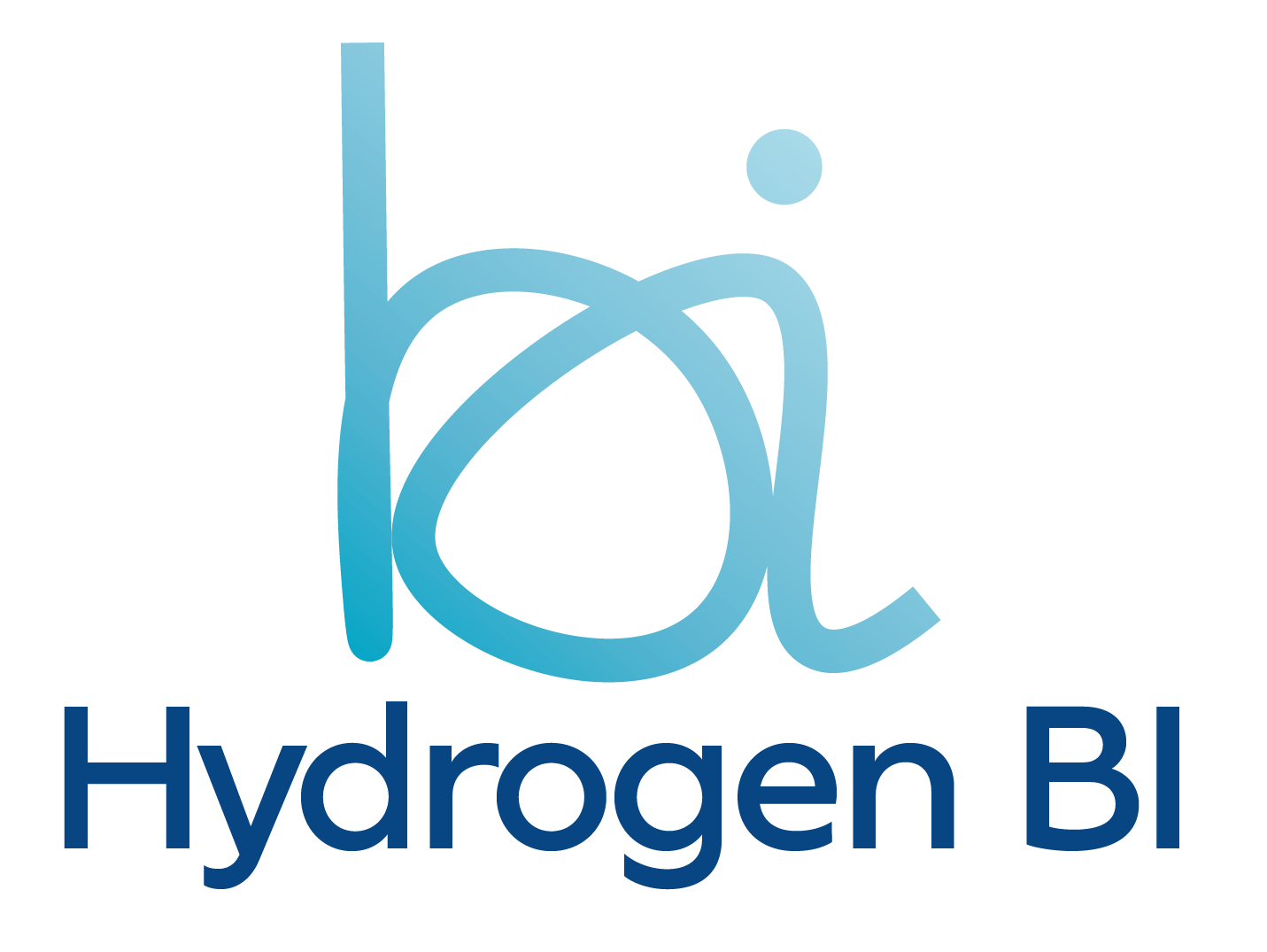The Power of Social Media and Business Intelligence
- Adam Eaton

- Mar 17
- 4 min read
Updated: Mar 26

Social media has evolved into a powerful tool for businesses, offering a wealth of data that can significantly enhance decision-making processes. With billions of users actively engaging on various platforms, the insights derived from social media interactions are invaluable.
When integrated with a robust business intelligence (BI), this data can be transformed into actionable insights that drive strategic initiatives.
This blog post will explore the power of social media and business intelligence and how to leverage both to maximise your business growth.
Unleashing the Potential of Social Media Data
Social media platforms have become a goldmine of real-time data, offering unprecedented insights into customer behaviour, market trends, and brand perception.
By analysing social media data, businesses can gain a deeper understanding of their customers' preferences, behaviours, and sentiments. This information is crucial for creating personalised marketing campaigns and improving customer experiences. For instance, sentiment analysis tools can track brand sentiment on social media, helping businesses gauge customer satisfaction and identify potential issues.
In addition to this, social media provides a continuous stream of data, allowing businesses to monitor trends and respond swiftly to market changes. This real-time intelligence is invaluable for staying ahead of competitors and identifying new opportunities and sales growth. In fact, businesses that effectively utilise social media data experience a significant impact on growth, with 78% of companies reporting an increase in sales due to their social media efforts.
78% of companies report an increase in sales due to social media.
Integrating Social Media Data with Business Intelligence
To fully capitalise on the power of social media data, businesses need to integrate it effectively with business intelligence. Here's how BI can help:
Data Consolidation
BI can consolidate data from various social media platforms into a single, comprehensive dashboard. This allows social media managers to gain a holistic view of their activities, encompassing crucial metrics like engagement rates, follower growth, and more. By having all this data in one place, businesses can streamline their analysis and make more informed decisions.
Cross-Channel Insights
By combining social media data with other business data sources, such as sales, CRM, or website analytics, BI can provide a 360-degree view of customer interactions and business performance. This integration enables businesses to understand how social media efforts impact overall business outcomes and identify opportunities for improvement across different channels. For example, companies that integrate social media data with CRM systems see a 20% increase in customer retention.

Advanced Analytics
Utilising AI-powered analytics, BI can help businesses uncover deeper insights from their social media data, enabling predictive analysis and trend forecasting. These advanced analytics tools can identify patterns and trends that might not be immediately apparent, allowing businesses to anticipate market changes and adjust their strategies accordingly.
Customisable Visualisations
With BI's customisable dashboards, businesses can create compelling data stories that combine social media metrics with other business KPIs, providing a comprehensive view of performance. These visualisations make it easier to communicate insights to stakeholders, ensuring that everyone is aligned and informed about the impact of social media activities on business goals.
ROI of Social Media and Business Intelligence
Measuring the return on investment (ROI) for social media and business intelligence integration can be challenging but is essential for demonstrating the value of these efforts. ROI in this context refers to the financial and strategic benefits gained from integrating social media data with BI systems compared to the costs involved.
Key Metrics to Track
To effectively measure ROI, businesses should focus on several key metrics:
Engagement Rates: Track likes, shares, comments, and other forms of engagement to gauge the effectiveness of social media campaigns.
Conversion Rates: Measure the percentage of social media interactions that lead to desired actions, such as purchases or sign-ups.
Customer Acquisition Cost (CAC): Calculate the cost of acquiring a new customer through social media channels.
Customer Lifetime Value (CLV): Estimate the total revenue a business can expect from a customer over their lifetime.
Brand Sentiment: Analyse the overall sentiment of social media mentions to understand public perception of the brand.
Combining Social Media and BI Metrics
Integrating social media data with other business metrics provides a more comprehensive view of performance. For example, combining social media engagement data with sales figures can help determine the direct impact of social media campaigns on revenue. Similarly, integrating customer feedback from social media with CRM data can provide deeper insights into customer satisfaction and loyalty.
Advanced Analytics for Deeper Insights
Utilising advanced analytics, such as AI and machine learning, can enhance the measurement of ROI. These technologies can identify patterns and trends in social media data that might not be immediately apparent, enabling predictive analysis and more accurate forecasting. For instance, businesses can predict future sales based on current social media engagement trends.
Visualising ROI
Effective visualisation tools are crucial for communicating ROI to stakeholders. Customisable dashboards can display key metrics and trends in an easily digestible format, helping stakeholders understand the impact of social media and BI integration on business performance. Visualisations can also highlight areas for improvement and guide strategic decision-making.
Continuous Improvement
Measuring ROI is not a one-time task but an ongoing process. Regularly reviewing and adjusting strategies based on ROI metrics ensures that businesses continue to optimise their social media and BI efforts. This continuous improvement approach helps maintain alignment with business goals and maximises the benefits of integration.
Conclusion
Integrating social media data and business intelligence empowers businesses to gain real-time, actionable insights. This synergy enhances decision-making, predicts trends, and measures ROI effectively. By leveraging the strengths of both, companies can stay competitive, drive growth, and foster innovation in the digital landscape.
To fully harness the power of social media data, contact us today to learn how Hydrogen BI can help you transform your data into actionable insights and drive your business growth.






